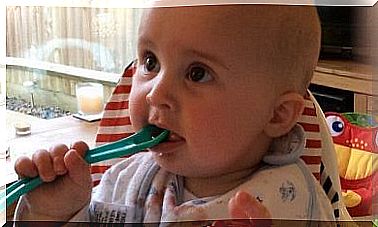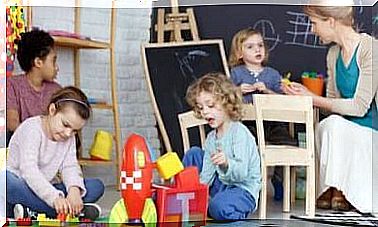Design Thinking As An Aid In Teaching

Design thinking, or so-called design thinking, is a method from the business world that seeks not so much to improve existing solutions as to seek new, user-driven solutions by exploring various challenges and opportunities.
There are also special features in design thinking that teachers can take advantage of in the classroom when thinking about solutions to educational problems and needs.
What is design thinking?
Design thinking is a way of working in groups to solve problems and find innovative solutions. According to Tim Brown – who is one of the developers of the method – it is a method that focuses on individuals and more on the design process than on the final product.
Design thinking is the ability to combine empathy, creativity and rationality, and it seeks to transform a perspective on human behavior, for example, into the value a customer receives. It is therefore a way of producing innovations from a human perspective.
The process consists of five steps:
- Empathy: Putting oneself in the position of another to determine one’s needs.
- Definition: Defining user needs and perceptions to determine the starting point.
- Ideomic: Participants design a variety of creative solutions to a problem or need.
- Materialization of ideas: Creation of solutions, ie development and implementation of the best ideas of the previous stage.
- Putting ideas into practice: Evaluation shows which stages of the process there is a returnee to improve or change certain aspects. Testing is always based on user feedback and provides information on whether the design of each stage and the application of solutions have met their needs.
Design thinking as an aid in teaching

When looking at the design thinking process from an educational perspective, it can be seen as a very useful and innovative tool. It brings improvements to educational institutions and the relationships and processes that evolve within it. The method provides simple solutions to emerging problems based on collaboration, observation, experimentation, and continuous evaluation.
Teachers can use the method to solve problems related to the school atmosphere and interpersonal relationships.
providing solutions to the specific needs of a group or a particular student. In addition, it helps teachers plan the best ways to carry out any study-related project.
Collaboration between teachers, students, and parents is an integral part of improving school practices and atmosphere. Here, too, design thinking can be used, as it allows all reference groups involved in schooling to participate in the discussion and find solutions.
Applying design thinking in school
Design thinking can help find creative and innovative solutions to problems related to schooling and teaching. Next, we present the process steps one by one.
An empathic approach
The first step in the process is to know the reference groups. This applies not only to students, but also to teachers and parents. We need to be aware of their needs, problems and aspirations. This means putting ourselves in the position of other people to understand them and analyze their situation. At this point, it is important to listen, observe, and gather information.
Path planning
In the second step, a path is created based on the data from the previous step. The purpose is to define and plan the actions by which we organize the information collected to reveal the most significant and critical needs and problems. At this point, it is important to ask ourselves what things can cause these problems and what solutions and improvements we can offer.
Brainstorming
In the third stage, it’s time to start brainstorming. This is a creative step in which all reference groups should be involved. The goal is to collect and organize everyone’s ideas using a variety of techniques. This stage is meant to be relaxed and fun so that innovative ideas come to life.
Materialization of ideas
In the fourth stage of the process, it is time to turn the ideas of the previous stage into concrete things. This means that the most effective and coherent ideas are being developed into practical actions. Participants need to start thinking about and organizing practical things like time, space, human resources, and financial factors.
Validation and evaluation
In the fifth and final step, the path selected in the previous steps must be confirmed. In other words, we explain and share the decisions we make. Based on user feedback, we will refine the actions to be taken.
In addition, this phase also includes an evaluation of the entire implementation process. This means that we are able to test together with users that we have succeeded in finding effective and innovative solutions to their needs, aspirations and concerns.









